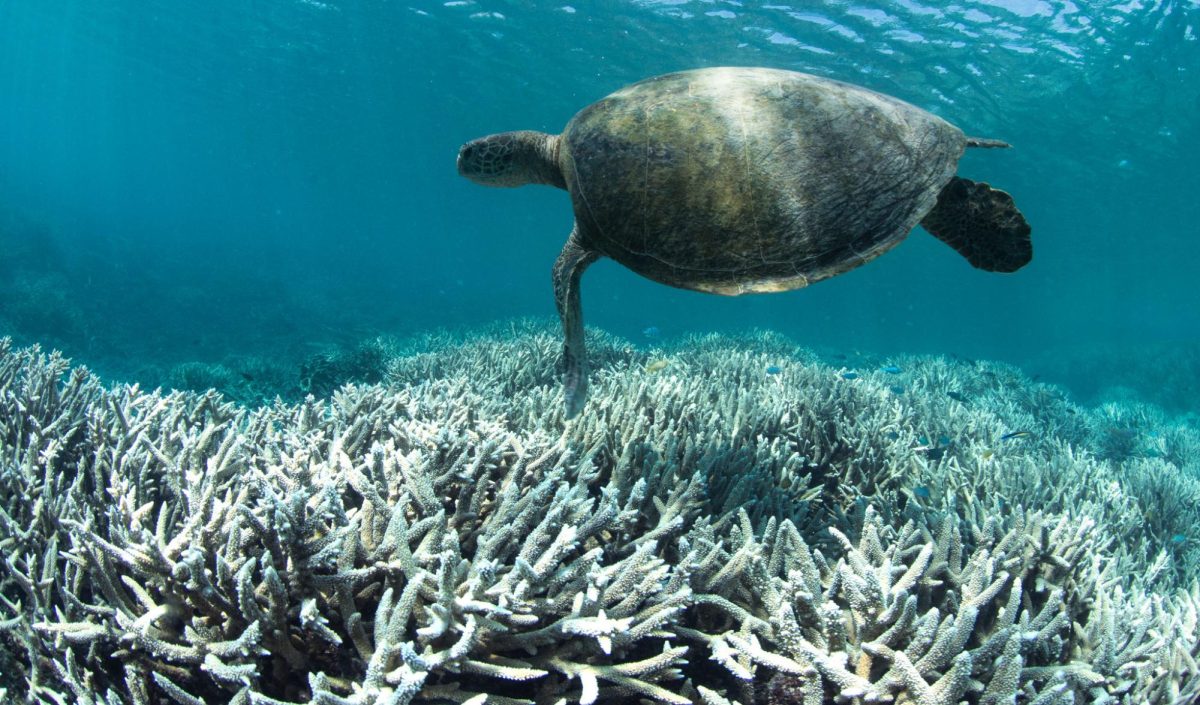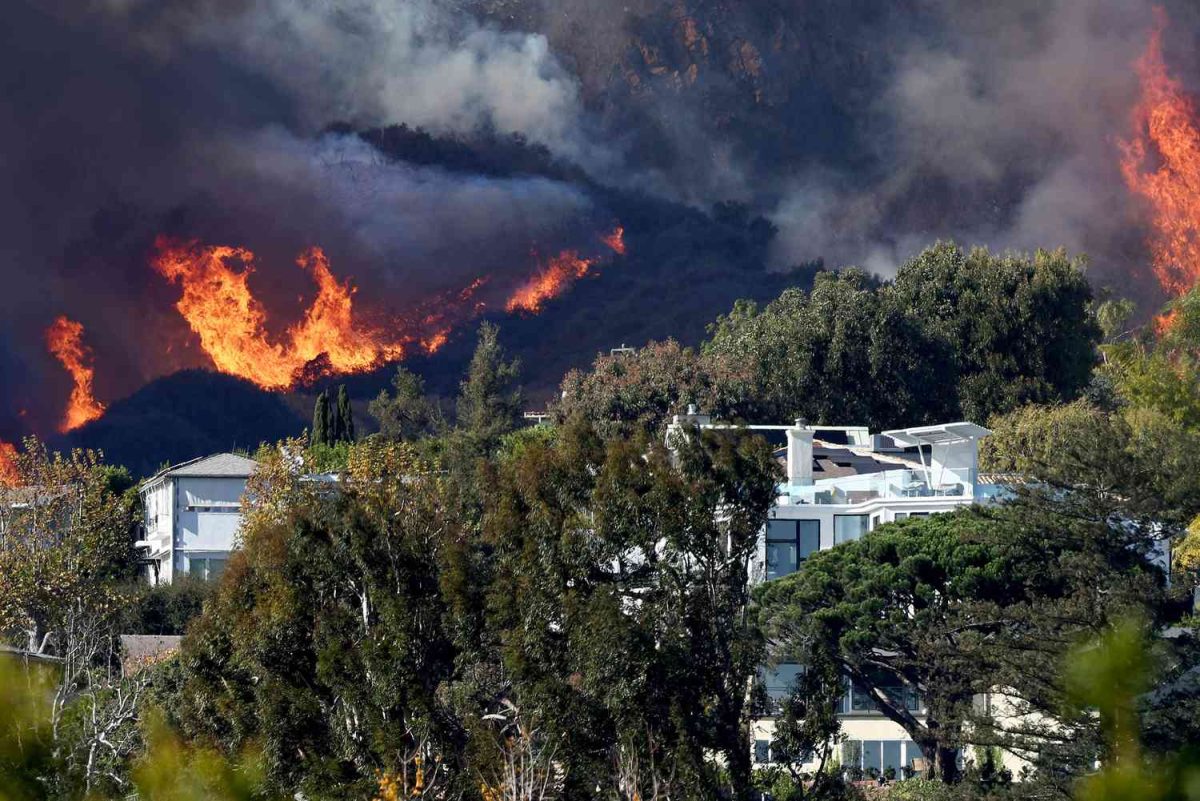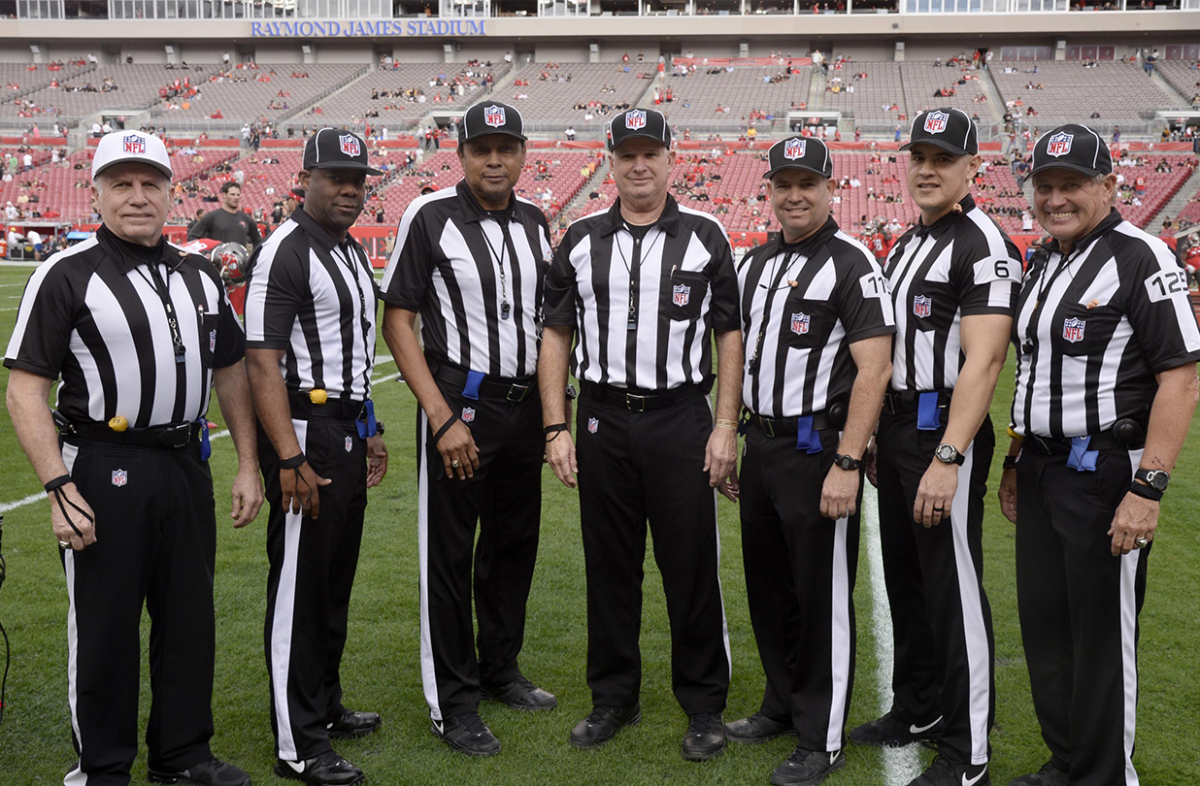Coral reefs are fundamental not only for the conservation of over 4,000 fish species but also for other types of marine life that rely on them. Sea turtles, stingrays, parrot fish, baracutta, eels, and reef sharks make up the exotic ecosystem that reefs support. In fact, an estimated 25% of marine life depends on coral reefs for survival.
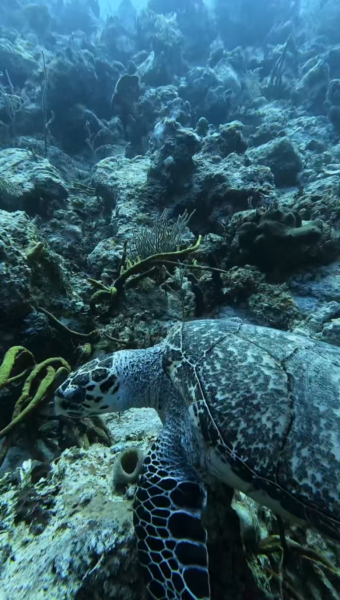
It is not just the animal world that depends on coral reefs; humans also benefit from them. Coral reefs improve our health and safety since they produce large amounts of oxygen and protect shorelines by reducing the impact and severity of waves. Without coral reefs, we would have more loss of life, more erosion, and more property damage as a result of storms. Beyond these benefits, coral reefs help the economy. Beaches–always popular tourist destinations–are formed from the broken-down coral skeletons, which make up white sand. Between beaches and diving, reefs account for roughly 30% of global tourism, which equates to approximately $3.29 trillion USD.
Unfortunately, coral reefs are in trouble due to a process called bleaching. When coral reefs are damaged by pollution, environmental change, and human activity, they expel their zooxanthellae algae. Zooxanthellae algae and coral rely on each other in a mutualistic relationship. The algae use energy from the sun to turn the carbon dioxide and water into oxygen, helping the coral to remove wastes. Without this algae, they turn white and become more vulnerable to starvation and disease because their immune systems are impaired. Famed conservationist David Attenborough has sounded the alarm, warning that the eradication of coral reef species is imminent. “Three of the five biggest coral reef bleaching events have occurred in the past five years, and half the Great Barrier Reef’s corals have already died,” so we’re well on our way to losing the world’s coral.
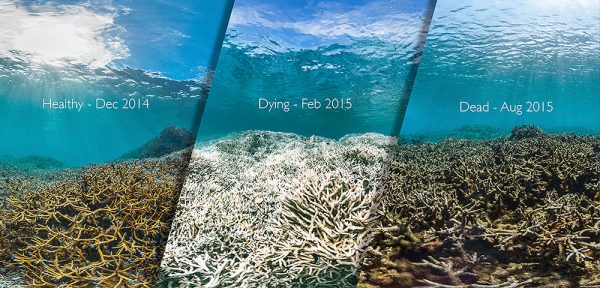
Coral reefs face many dangers that threaten their survival. The main cause of coral bleaching stems from anthropogenic climate change, which is essentially global warming caused by human activity. This climate change goes back to the increased use of fossil fuels during the Industrial Revolution, which introduced greenhouse gases into the environment. The carbon dioxide released into the atmosphere traps heat from the sun that is directed at Earth, and the overall rising temperature causes a rise in the ocean’s temperature. Although the increase in temperature is small, corals release their symbiotic algae as a response, which then prevents photosynthesis. This leads to coral bleaching. Although some Americans deny the existence of climate change, the National Academy of Science, which has been recognized as the leading authority on scientific policy since President Lincoln, has acknowledged global warming as a problem since the 1970s.
One of the many misconceptions is that reef devastation is caused solely by climate change and pollution. Although those issues are problematic, this explanation overlooks another important factor: fishing practices. Bottom trawling, which destroys the sea floor by dragging metal nets along the floor, greatly endangers coral by destroying juvenile reef structures, but is still used because it maximizes fishing production. Another equally devastating method is blast fishing. This is a lucrative, yet damaging practice where explosives are detonated on the sea floor, often on coral, and will result in dead fish to collect.
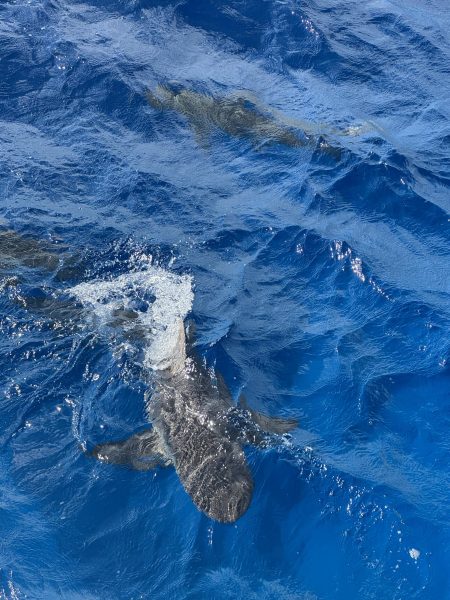
As a scuba diver who has visited several reef systems in the Caribbean and South America where reef structures are prominent, I feel compelled to advocate for their conservation. I have seen coral bleaching firsthand, and it is shocking. I always pictured vibrant and colorful corals that are clearly thriving, but what I have seen is the white bones of bleached corals and even some that are gray. Such a vulnerable and complex ecosystem should be treated as a sacred habitat. Instead, humans’ activities have caused so many bleaching events that coral reefs are on the brink of extinction.
Attempts are indeed being made to preserve coral reefs by making artificial reefs and using man-made structures to nurture juvenile coral, but from what I have witnessed, the effectiveness is poor, and it takes a lot of time for coral to successfully form and mature. Current estimates suggest that by 2045, 70-90% of all coral reefs will have disappeared, so current conservation efforts will likely not be enough to save the world’s coral reefs. Here, I have to raise the same question Attenborough has posed: “Do we really care so little about the Earth on which we live that we don’t wish to protect one of its greatest wonders from the consequences of our behaviour?”
If you are interested in learning more about coral reefs, I recommend checking out the Professional Association of Diving Instructors’ website, which not only certifies divers but also works to educate divers and others on ocean conservation.

